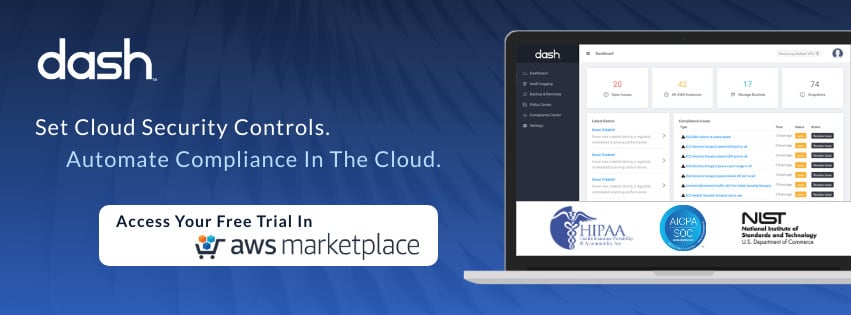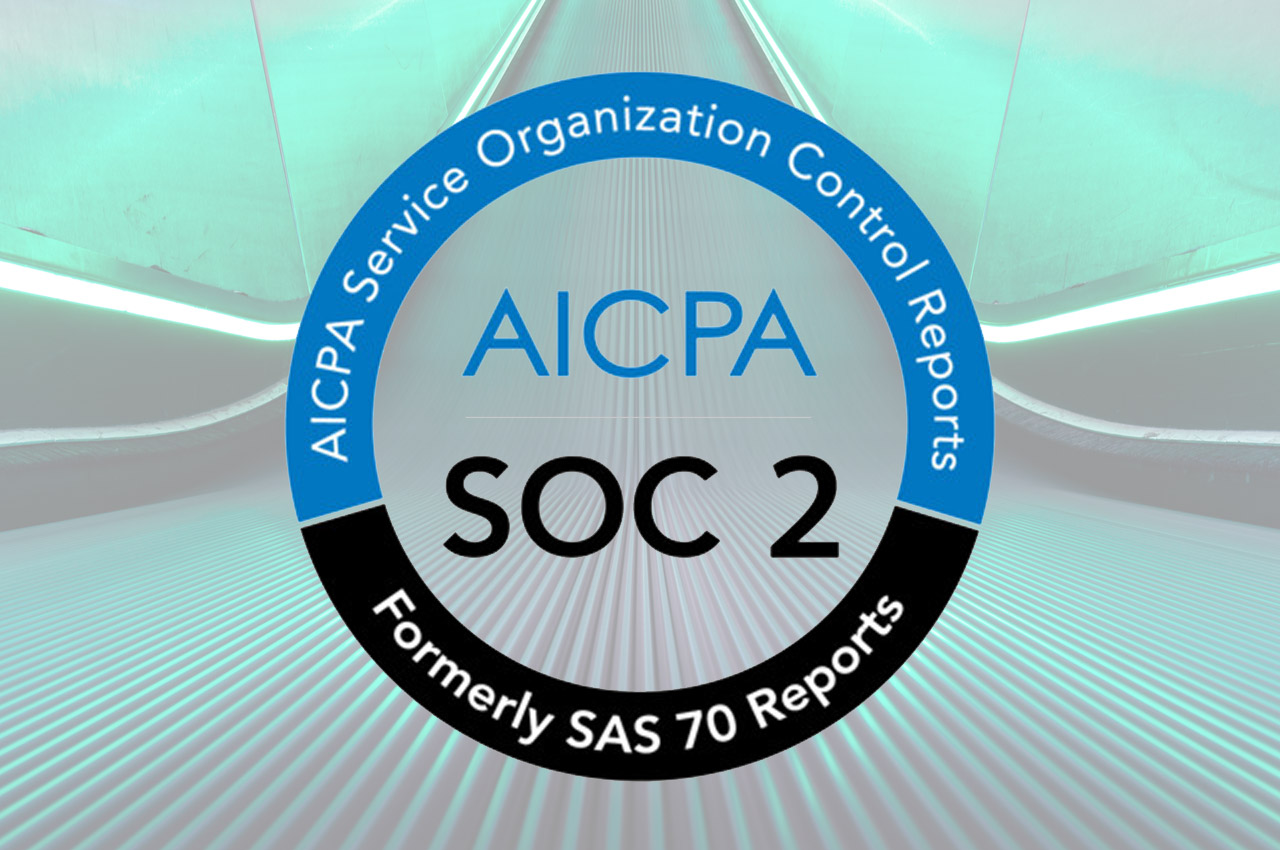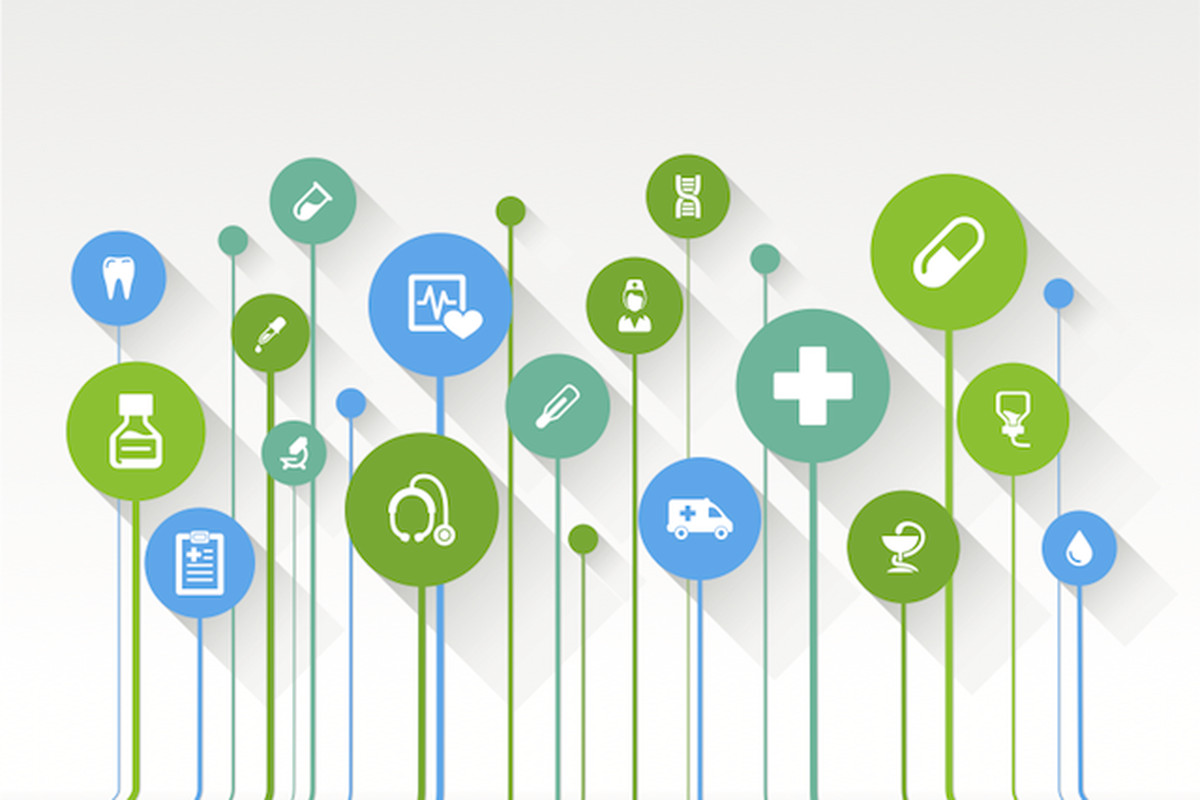What is the difference between a SOC 1 vs SOC 2 audit? Both audits have a similar end goal: to certify the controls in place within your company. However, the focus in both frameworks will differ.
Here are the differences between SOC 1 and SOC 2, when to use them, and how to get started.
What is a SOC Report?
Let’s start with the basics.
SOC stands for System and Organization Controls Report. A SOC report is a report on the controls a company has in place over the financial reporting of user entities.These reports have a set of requirements for evaluation that have been defined by AICPA and are generally accepted by enterprise organizations.
SOC in general refers to a suite of reports that CPA firms can issue. There are four different kinds of reports: SOC 1, SOC 2, and SOC 3.
There are two types of SOC reports:
- Type 1: Focus only on the current state of the controls.
- Type 2: Focus on the current state of the controls, on their effectiveness, and on whether or not the controls meet their objectives, by reviewing the controls usually during a 12-month period.
This means for SOC 1 and SOC 2, your team can choose to be evaluated or a Type 1 or Type 2 report.
What is SOC 1?
The AICPA refers to SOC 1 reports as “Reports on Controls at a Service Organization Relevant to User Entities’ Internal Control over Financial Reporting (ICFR).”
The purpose of a SOC 1 report is to audit the company’s controls around their clients’ financial information. The auditor will check whether or not the controls are effective and well designed, and how they protect the financial data.
This is all done to ensure that the company is currently meeting the financial reporting’s regulatory status.
Which Companies Engage in SOC 1 Reporting?
The companies that engage in SOC 1 reporting do it to prove they fulfill requirements like the Sarbanes-Oxley Act of 2002 (SOX), and to meet the requirements of the Securities and Exchange Commission (SEC).
SOC 1 may be more applicable to companies operating in the financial services industry. Fintech startups, payments and claims solutions, and traditional banks and lenders may achieve a current SOC 1 report to validate that they are adequately managing financial information and regulatory requirements.
What is SOC 2?
SOC 2 is a framework that aims to ensure a company keeps its customers’ data safe and private. To do it, a SOC 2 audit examines the company through the AICPA’s Trust Services Criteria:
- Security: The protection in place to prevent unauthorized access to systems and information, like firewalls, two-factor authentication, and so on.
- Availability: Whether the company maintains an acceptable network performance level and how it assesses and prevents potential security threats.
- Processing integrity: The company’s systems’ ability to perform their functions as intended, without bugs, errors, or potential unauthorized manipulation.
- Confidentiality: Whether the company is able to protect data and restrict unauthorized access to it, including data for internal purposes, confidential internal information, and so on.
- Privacy: The company’s ability to protect personally identifiable information and ensure it can only be accessed by authorized personnel.
Which Companies Engage in SOC 2 Reporting?
Companies that need SOC 2 reports are usually SaaS companies or technology service companies that store or handle customer data. Third-party companies or firms that work with those companies should also maintain SOC 2 compliance.
While SOC 2 is applicable across many industry verticals, it should be noted that many software companies, vendors, and startups choose to go through a SOC 2 audit and report in order to validate security efforts to potential clients, partners, and investors.
Preparing for SOC 2? Learn about all of the SOC 2 Requirements. Download the SOC 2 Readiness Whitepaper.
SOC 1 vs SOC 2: Which One Does Your Company Need?
Determining which kind of SOC report you need depends on your company’s characteristics.
SOC 1 is usually better for companies that handle customers’ financial information and reporting. It’s also a good option if your clients ask for a “right to audit” since it makes it easier and faster. Finally, your company should pursue SOC 1 if it is publicly traded, as a part of the Sarbanes-Oxley Act, or if it needs to comply with HIPAA or PCI-DSS.
SOC 2 is typically a better report if your company processes customers’ sensitive data, particularly if your company is processing or managing customer data in the cloud. . This includes most SaaS companies.
Software solutions and software vendors often go through procurement and need to answer security questionnaires when working with regulated industries or enterprise clients. SOC 2 reports on a standards set of security controls that companies like to see implemented. Having a SOC 2 report typically makes it easier to answer security risk assessments and speed up client procurement.
At the end of the day, SOC 1 and SOC 2 validate different standards. For some organizations one specific standard may be more applicable. While some companies may choose to go through the audit process for both a SOC 1 and SOC 2 report. It is up to your organization’s needs and
SOC 1 or SOC 2: Get started today
Regardless of the kind of SOC audit your company needs, it’s not always clear what you need to get your company ready for it. And preparing for a SOC audit can be cumbersome and consume a lot of resources.
Getting ready for a SOC 1 or SOC 2? Dash ComplyOps helps teams prepare, streamline security processes and prepare for assessment. Contact us today and start building your SOC security program.



